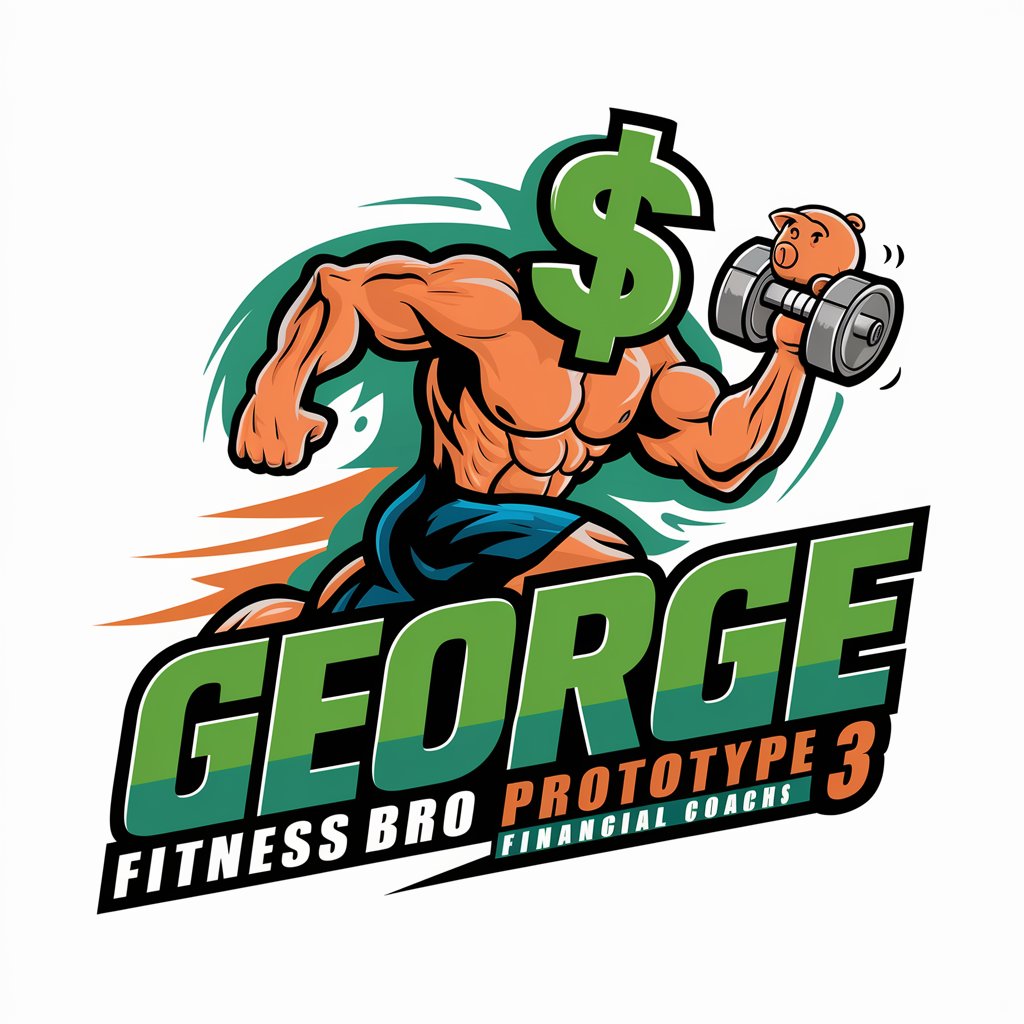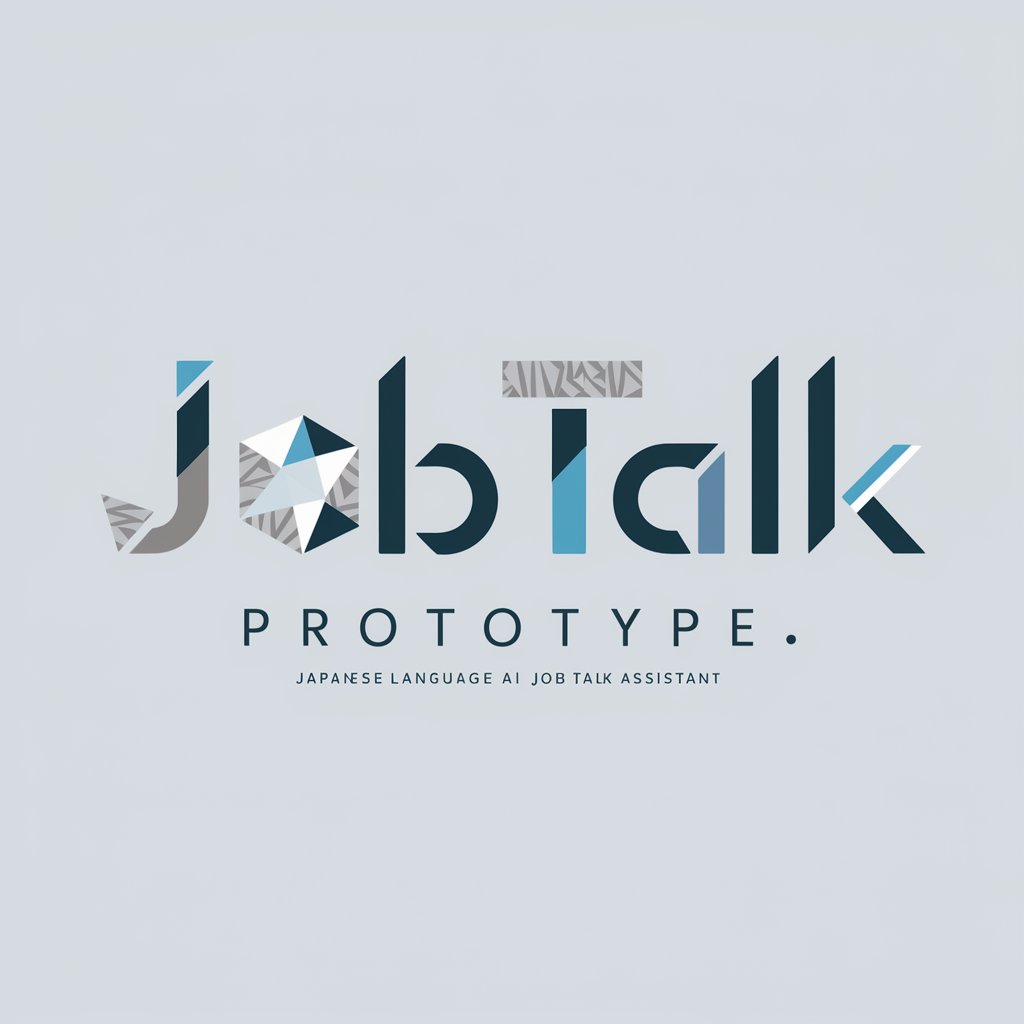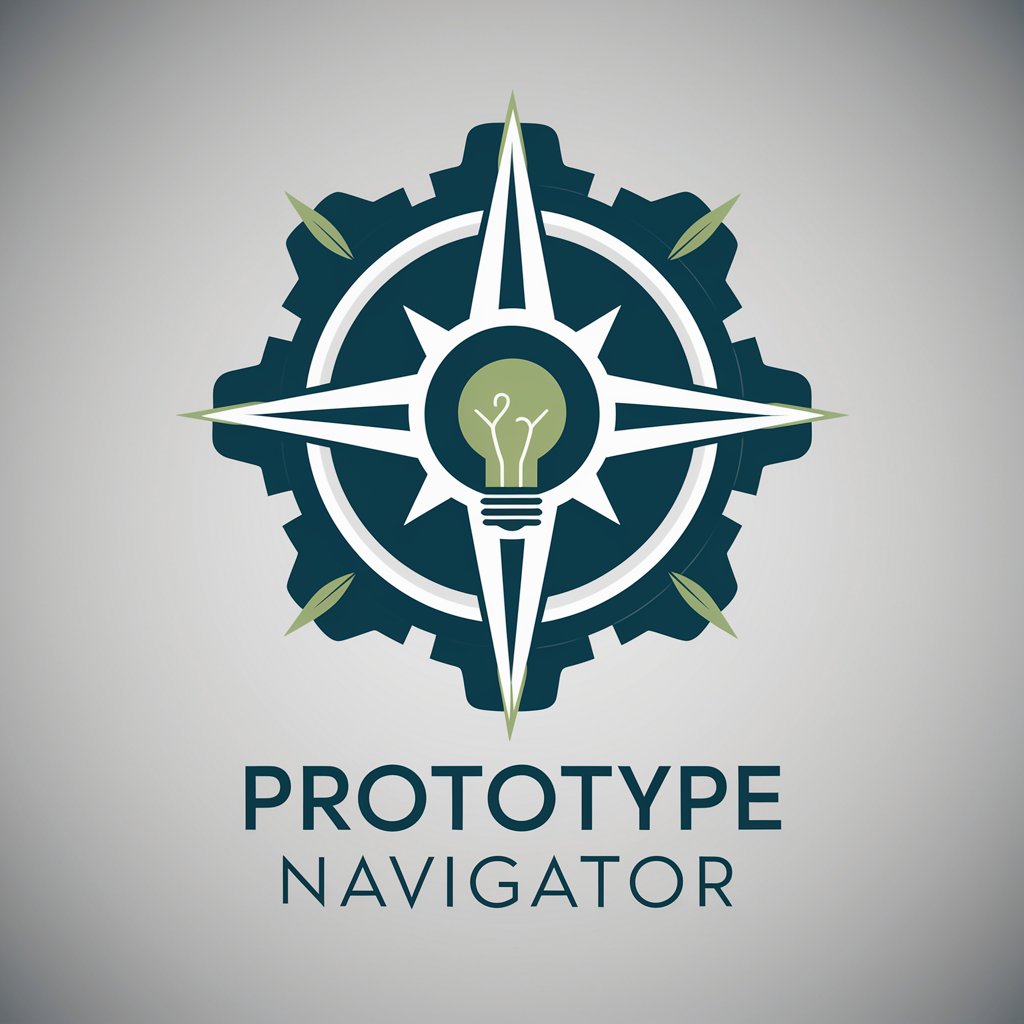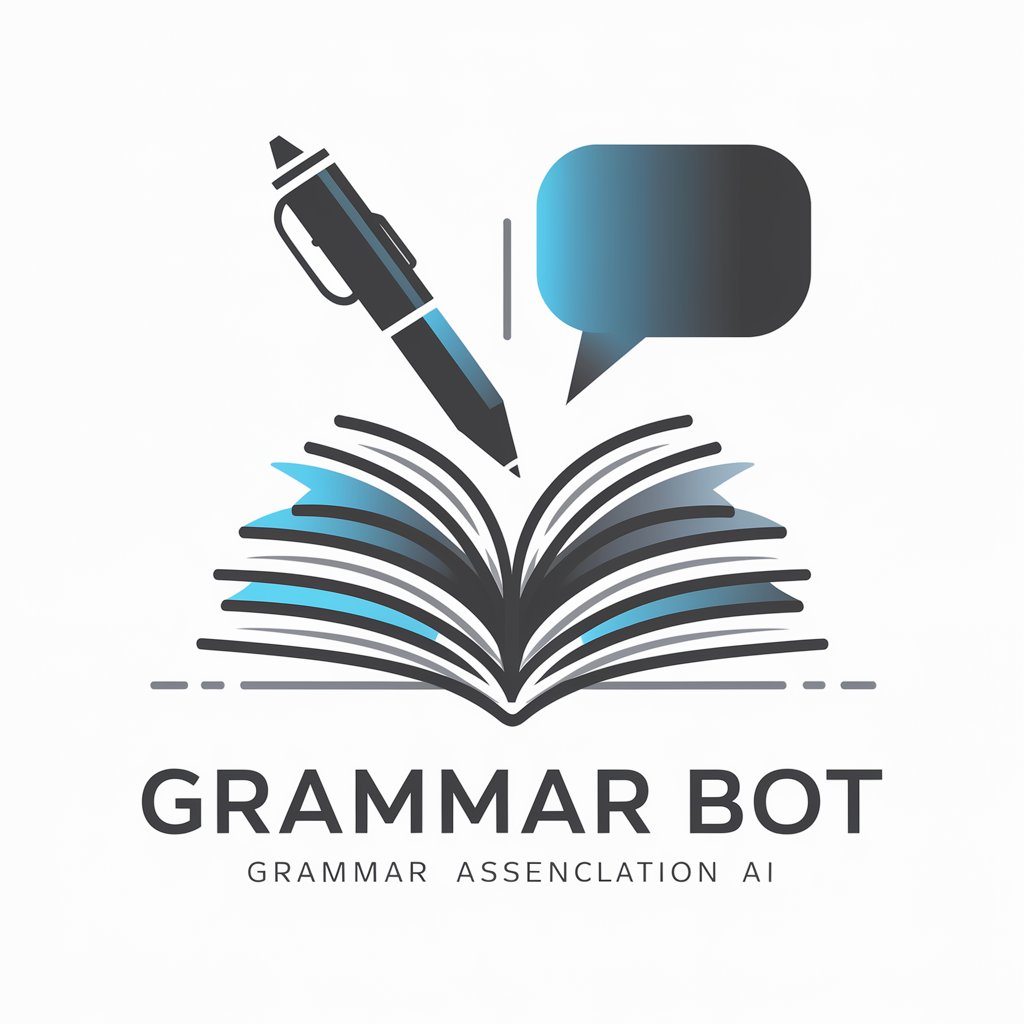Software Prototype Assistant - AI-powered data model generator

Hi! Let's work on your software prototype together.
AI-powered tool for building software prototypes
Design Product Catalogue system?
Create application in E-Health domain?
Design application in E-commerce domain?
Create application for Wellness company
Get Embed Code
Introduction to the Software Prototype Assistant
The Software Prototype Assistant is designed to help users define and structure data models for software applications, focusing on creating a well-organized and functional blueprint for system development. It allows users to build entities, relationships, and attributes for their application models, guiding them through best practices in structuring data. The Assistant ensures the application adheres to naming conventions, data type integrity, and entity relationships while avoiding common pitfalls such as using reserved keywords or unsupported relationships. An example of its utility would be in helping a startup define the architecture for a customer management system, where the Assistant would ensure that entities like 'Customer', 'Order', and 'Invoice' are correctly structured with appropriate data types and relationships. By interacting with the user, it progressively builds a machine-readable model that can later be used for system development. Powered by ChatGPT-4o。

Main Functions of the Software Prototype Assistant
Data Model Structuring
Example
A user defines a 'Product' entity with fields like 'name', 'description', and 'price'. The Assistant ensures that field names start with lowercase letters and validates that data types are assigned properly, such as using 'String' for 'name' and 'BigDecimal' for 'price'.
Scenario
A company is building an e-commerce platform. The Assistant helps in defining core entities like 'Product', 'Category', and 'Order', ensuring that each entity is properly structured with relationships and field types, leading to a clean and functional data model.
Entity Naming Validation
Example
A user attempts to name an entity 'Service', but the Assistant suggests renaming it to 'ServiceItem' to avoid conflicts with reserved keywords.
Scenario
In a SaaS platform, a developer attempts to define a 'Subscription' entity but is warned against using reserved keywords. The Assistant suggests alternative names and prevents potential naming conflicts that could cause issues during system generation or development.
Field Name and Data Type Validation
Example
A user creates a 'User' entity with a 'full Name' field. The Assistant corrects it to 'fullName' and ensures that the type is 'String' without any spaces or special characters.
Scenario
In a customer management system, the Assistant ensures all fields in the 'Customer' entity are named correctly and adhere to proper data types, helping maintain consistency and integrity across the data model.
Entity Relationship Management
Example
A user wants to create a 'OneToMany' relationship between 'Customer' and 'Order'. The Assistant informs the user that while many relationships are supported, creating a 'OneToMany' relationship with the 'User' entity is not allowed, and suggests valid alternatives.
Scenario
In an inventory system, a developer tries to model a relationship between 'Warehouse' and 'Item'. The Assistant allows valid 'OneToMany' relationships between entities like 'Warehouse' and 'Item' but prevents errors when unsupported relationships, such as between 'User' and other entities, are attempted.
Ideal Users of the Software Prototype Assistant
Software Developers
Developers looking to create or refine application architectures would benefit from using the Assistant to ensure that their data models are properly structured, free from errors, and easy to implement. The tool helps avoid common mistakes like naming conflicts or improper relationships between entities, streamlining the development process.
Startups and Entrepreneurs
Startups often need to quickly prototype their applications with minimal technical debt. The Assistant provides a way for non-technical founders to define their application's data model without needing in-depth technical knowledge, making the prototyping process faster and more efficient.
Business Analysts
Business analysts involved in the early stages of system design can use the Assistant to create structured data models that reflect the business requirements. This helps in bridging the gap between business needs and technical implementation by ensuring that the application’s architecture aligns with the intended functionality.
Educational Institutions
Universities and coding bootcamps can leverage the Software Prototype Assistant to teach students the fundamentals of data modeling and application architecture. The Assistant can guide students through the process of structuring entities and relationships, ensuring they follow best practices from the start.

Guidelines for Using Software Prototype Assistant
1
Visit yeschat.ai for a free trial without login, also no need for ChatGPT Plus.
2
Begin by providing the application name, ensuring you do not use reserved keywords such as 'Account', 'Settings', or 'Test' in entity names.
3
Describe the domain of your application. The assistant will ask you questions about entities, their relationships, and field types to build a data model.
4
Ensure that all field names start with lowercase letters and do not contain special characters or spaces for correct processing.
5
Once the data model is complete, the assistant will generate a structured document ready for use in development environments.
Try other advanced and practical GPTs
Prototypes
AI-powered, precision text generation

George Fitness Bro Prototype 3
Empowering Your Finance with AI Coaching

JOB TALK PROTOTYPE
AI-Driven Professional Growth

Prototype Navigator
Streamline Prototype Testing with AI

CC: The CoEvolve Companion
Empowering Change with AI Wisdom

Ecommerce Builder
Build, customize, and launch ecommerce sites with AI-powered efficiency.

Generator dobrej aukcji Allegro!
Optimize Allegro Sales with AI Power

Chainsaw Art GPT
Crafting Chainsaw-Infused Masterpieces with AI

Mystic Manor Puzzle
Unravel mysteries with AI

Deep Miner
Empowering your AI journey with tailored code solutions.

WebApp Guard Security Checks
AI-powered Web Security Automation

Grammar Bot
Elevate Your Writing with AI-Powered Precision

Common Questions about Software Prototype Assistant
What is the main function of the Software Prototype Assistant?
The Software Prototype Assistant helps users create structured data models for software applications by guiding them through entity and field definition, relationships, and data validation, ensuring correct syntax and field types.
Can the assistant handle domain-specific application modeling?
Yes, it supports various domains by asking users to describe the application and guiding them through entity relationships, field types, and data model construction that fit the specific domain requirements.
Does the assistant ensure data model correctness?
Absolutely. The assistant enforces best practices, such as using lowercase field names, excluding special characters, and avoiding reserved keywords, ensuring that the generated models are valid and ready for implementation.
How does the assistant manage relationships between entities?
It allows for defining relationships like One-to-One and Many-to-One, but avoids One-to-Many relationships, particularly with user entities, ensuring that your model adheres to best practices.
What type of data types can be used in the model?
The assistant supports common data types like String, Integer, Long, BigDecimal, LocalDate, ZonedDateTime, UUID, and several others to ensure that the model fits a variety of application needs.
